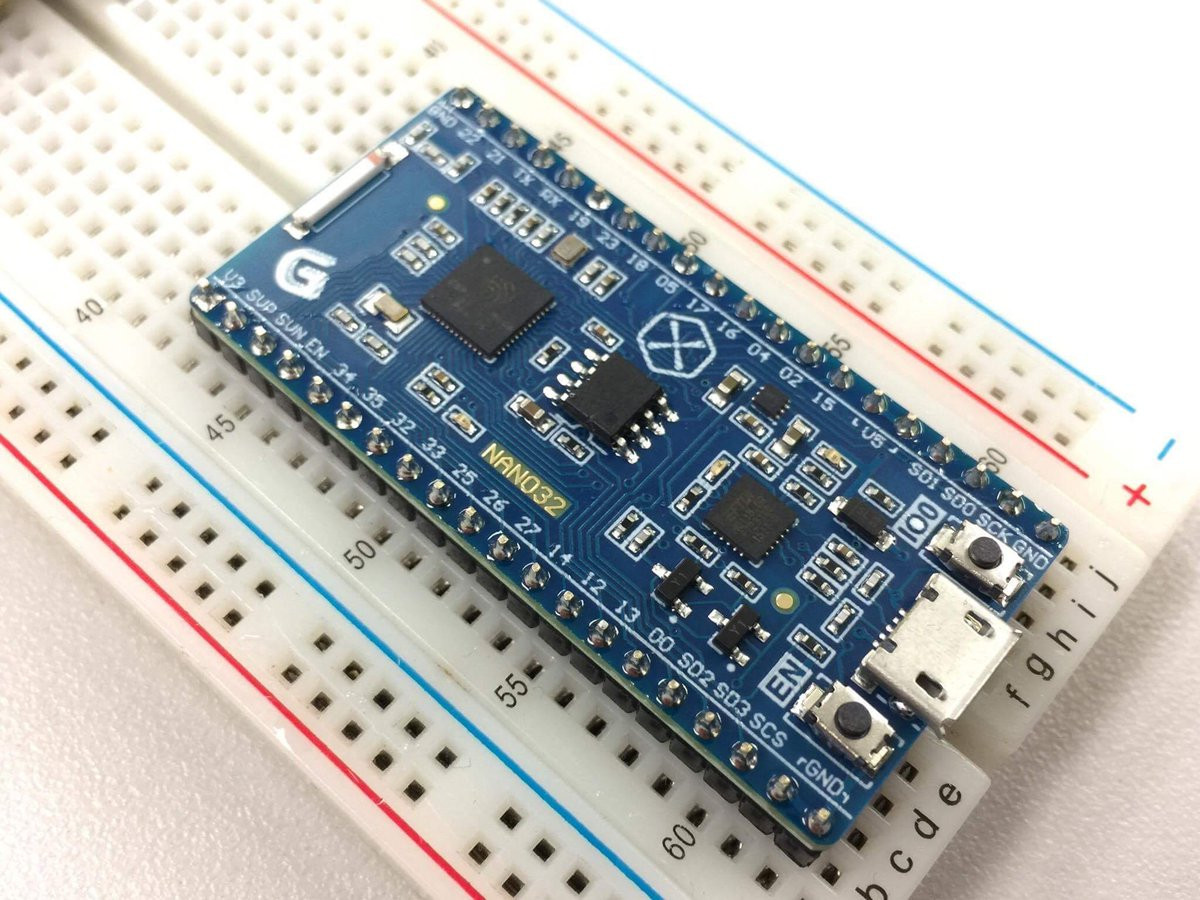Openwrt Usb Serial Ftdi

Author Message smching DD-WRT Novice Joined: 11 Mar 2012 Posts: 5 Posted: Sun Mar 11, 2012 9:36 Post subject: how to FTDI Usb2Serial + TL-WR1043ND I follow the below link to install the optware successful. Note: I'm using the latest built Now I want to control Arduino from my TL-WR1043nd router.
Use a hacked USB cable that takes the 5V and GND and put it into the external. The Arduino as a serial adaptor for accessing the console of OpenWRT routers. The Arduino has an FTDI FT232RL chip that makes the USB-serial interface. In order to avoid having to stay SSH'd into the system, when you start up the command, run /bin/ihiu/boiler2.txt &. The ampersand will start the process in the.
So I update the FTDI driver & ser2net by using the following command. Opkg install libftdi opkg install ser2net & it install successful.
My problem is I don't know how to load the driver & how to use the driver. Smching DD-WRT Novice Joined: 11 Mar 2012 Posts: 5 Posted: Mon Mar 12, 2012 15:06 Post subject: I'm testing the Openwrt.
It seems working. It can detect the Arduino(c/w FTDI chip) & pl2303 converter when I execute dmesg. I notice that the LED indicator(pin13) of Arduino is blinking if I execute echo 'any text' > /dev/ttyUSB0 smching DD-WRT Novice Joined: 11 Mar 2012 Posts: 5 Posted: Tue Mar 13, 2012 11:19 Post subject: I confirmed that TL-WR1043+Openwrt+Arduino Duemilanove is working. Below is the step on how to test the Arduino.
Install Openwrt. Install USB driver. Install ser2net 4. Add 9000:raw:0:/dev/ttyUSB0:9600 to the bottom of /etc/ser2net.conf 5. Run ser2net(it is better to load at startup) 6. Run realterm terminal software from windows 7. Enter 192.168.1.1:9000 (this is my router IP) for port.
Dostoprimechateljnosti kazahstana na anglijskom yazike prezentaciya. Enter 9600 for Baud. Send ASCII text Ha!Ha!
My Arduino is getting response. I can control my Arduino now.
Of course I will use Delphi socket programming for the client side since Delphi is my favorite programming language. Smching DD-WRT Novice Joined: 11 Mar 2012 Posts: 5 Posted: Tue Mar 13, 2012 11:33 Post subject: DD-WRT still my first choice because the Web GUI is very easy to use. I will flash back to DD-WRT in the future to see whether I can control my Arduino from the USB port of TL-WR1043. Twobit DD-WRT Novice Joined: 28 Jun 2012 Posts: 2 Posted: Thu Jun 28, 2012 22:05 Post subject: Serial USB Drivers Hi All, Just wondering if anyone managed to get a DD-WRT build on the 1043ND which was capable of loading the USB Serial Drivers fro Arduino devices?
We have 5x 1043NDs running various revisions of DD-WRT and have setup the Opt-Ware on an ext2 4gb USB ( ). We have been unable to load the kmod-usb-serial drivers with errors being thrown as: * opkg_install_cmd: Cannot install package kmod-usb-serial. * xsystem: sh: Child killed by signal 11. * pkg_run_script: postinst script returned status -1. * opkg_configure: kmod-nls-base.postinst returned -1. We flashed the one box again using 14929 and used -> almost identical to the previous setup.
Still no luck. Is OpenWRT still the 'better' option for Atheros devices for optware? If so, can anyone recommend a build?
Note: We have spent the whole month (June) trying to get a DD-WRT build for 1043ND which works with USB Serial drivers >> and no luck. Display posts from previous: Page 1 of 1 -> All times are GMT Navigation.
→ So in contrast to the, the Serial Ports needs some software running on the CPU so we can use it! In case the bootloader is damaged, or does not offer such a feature, the port is useless.
Finding an UART on a router is fairly easy since it only needs 3 signals (without modem signaling) to work: GND, TX and RX (often accompanied by VCC). Since your router is very likely to have its I/O pins working at 3.3V ( level voltage), you will need a level shifter such as a Maxim MAX232 to change the level from 3.3V to your computer level which is usually at 12V. To find out the serial console pins on the PCB, you will be looking for a populated or unpopulated 4-pin header, which can be far from the SoC (signals are relatively slow) and usually with tracks on the top or bottom layer of the PCB, and connected to the TX and RX.
Once found, you can easily check where is GND, which is connected to the same ground layer than the power connector. VCC should be fixed at 3.3V and connected to the supply layer, TX is also at 3.3V level but using a multimeter as an ohm-meter and showing an infinite value between TX and VCC pins will tell you about them being different signals (or not). RX and GND are by default at 0V, so using the same technique you can determine the remaining pins like this. If you do not have a multimeter a simple trick that usually works is using a speaker or a LED to determine the 3.3V signals.

Additionally most PCB designer will draw a square pad to indicate ping number 1. Once found, just interface your level shifter with the device and the serial port on the PC on the other side. Most common baud rates for the off-the-shelf devices are 9600, 38400 and 115200 with 8-bits data, no parity, 1-bit stop. Cleanup Required! This page or section needs cleanup.
- воскресенье 17 марта
- 24